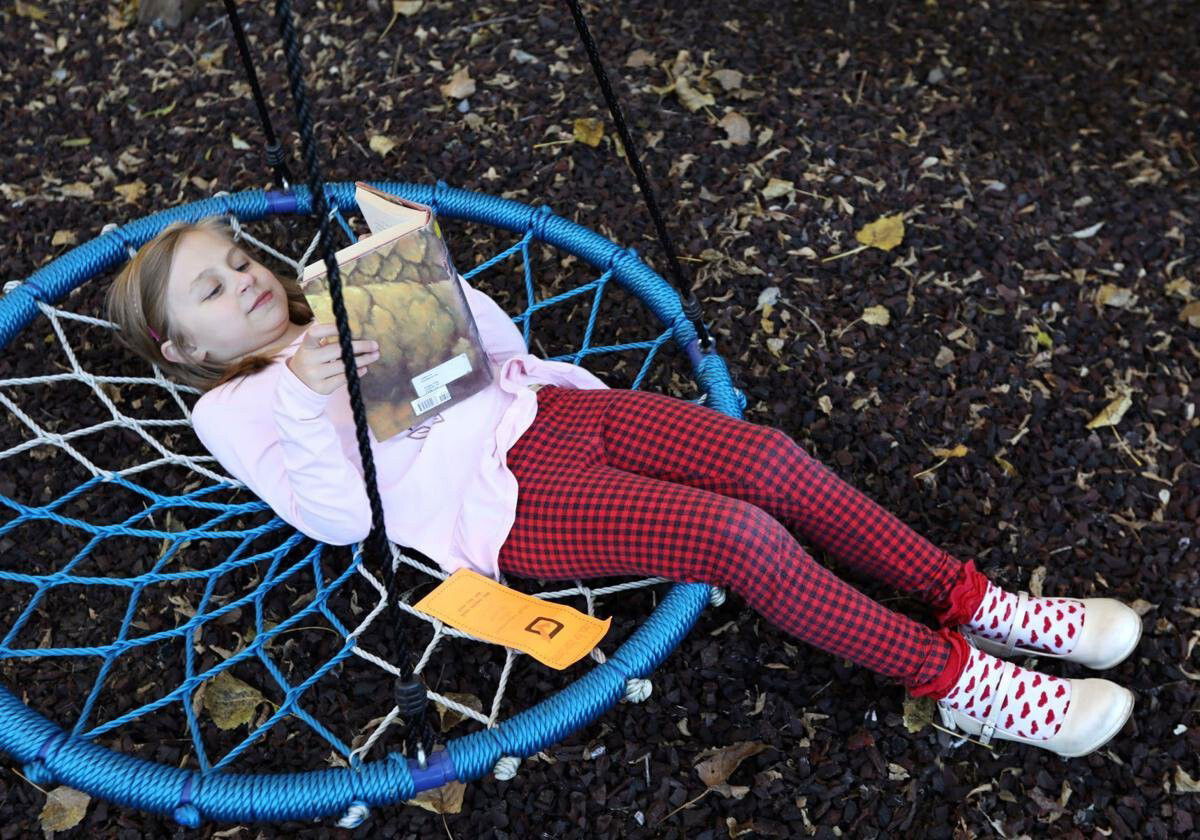Wisconsin 1st state to screen newborns for rare immune disorder

Claire Hood
By David Wahlberg
Click here for updates on this story
WISCONSIN (madison.com/Wisconsin State Journal) — Less than a week after Amanda and Brandon Hood’s daughter Claire was born, they got a call from their doctor. Claire, who seemed healthy, had severe combined immunodeficiency disorder, or SCID, sometimes called “bubble boy disease.”
Amanda Hood, a nurse, was familiar with immune deficiencies but not SCID, which affects about 1 in 45,000 babies. “We were very surprised,” she said. “I thought maybe it was a lab error.”
Further tests confirmed SCID, marked by having few or no T cells to fight infections. Without treatment, the condition is usually fatal by age 2.
Doctors at UW Health’s American Family Children’s Hospital introduced T cells in Claire’s body by giving her a stem cell transplant when she was 4 months old, before showing any symptoms. Now 8 and in third grade, she is doing well, playing with her 3-year-old brother on their backyard swing set in West Bend and writing a short story tentatively titled “Fire Mountain.”
“What would have happened if we didn’t have newborn screening then?” Amanda asked.
Most states didn’t test babies for SCID in 2013, when Claire was born. Only 16 did, including Wisconsin, which five years earlier became the first state to add the condition to newborn screening. SCID was the first disorder included in the federal Recommended Uniform Screening Panel in 2010. By 2018, all states were testing infants for it.
Many Americans are familiar with SCID from the 1976 film, “The Boy in the Plastic Bubble,” starring John Travolta, who played a child with the disease based on two real patients.
On Jan. 1, 2008, Wisconsin started a pilot project to test babies for the disorder, using funding from Children’s Wisconsin hospital and the New York-based Jeffrey Modell Foundation, named after a boy who died from a related condition at 15.
New molecular technology presented an opportunity for testing, and stem cell transplants were shown to be beneficial, said Dr. Mei Baker, co-director of newborn screening at the Wisconsin State Laboratory of Hygiene.
“With the … transplant, it’s the first disorder where we ever can use the word ‘cure,’” Baker said.
The state, which has more than 60,000 births a year, has found 19 cases of SCID in babies since 2008.
Claire Hood’s transplant helped, but she had to live in isolation until she was nearly 3 because it took a long time for her transplanted T cells to grow. She didn’t leave home except for doctor visits, and visitors were limited to her grandparents when they weren’t sick.
Once she was able to socialize, Claire was shy during play dates because she was not used to interacting, her mother said. But that soon changed.
In 4K, Claire was exposed to chicken pox, for which she has not been vaccinated because the live vaccine can still be dangerous for her. She received preventive antibodies and didn’t get sick.
In school today, she wears a face mask to help prevent COVID-19, as do a few classmates even though West Bend schools don’t require them. Amanda stopped working as a nurse because she didn’t want to bring infections home. Brandon is a sergeant with the Washington County Sheriff’s Department.
Other than washing their hands frequently and trying to avoid sick people, the family lives like any other.
“She’s like a normal kid, where she gets sick and she gets better,” Amanda said.
Please note: This content carries a strict local market embargo. If you share the same market as the contributor of this article, you may not use it on any platform.